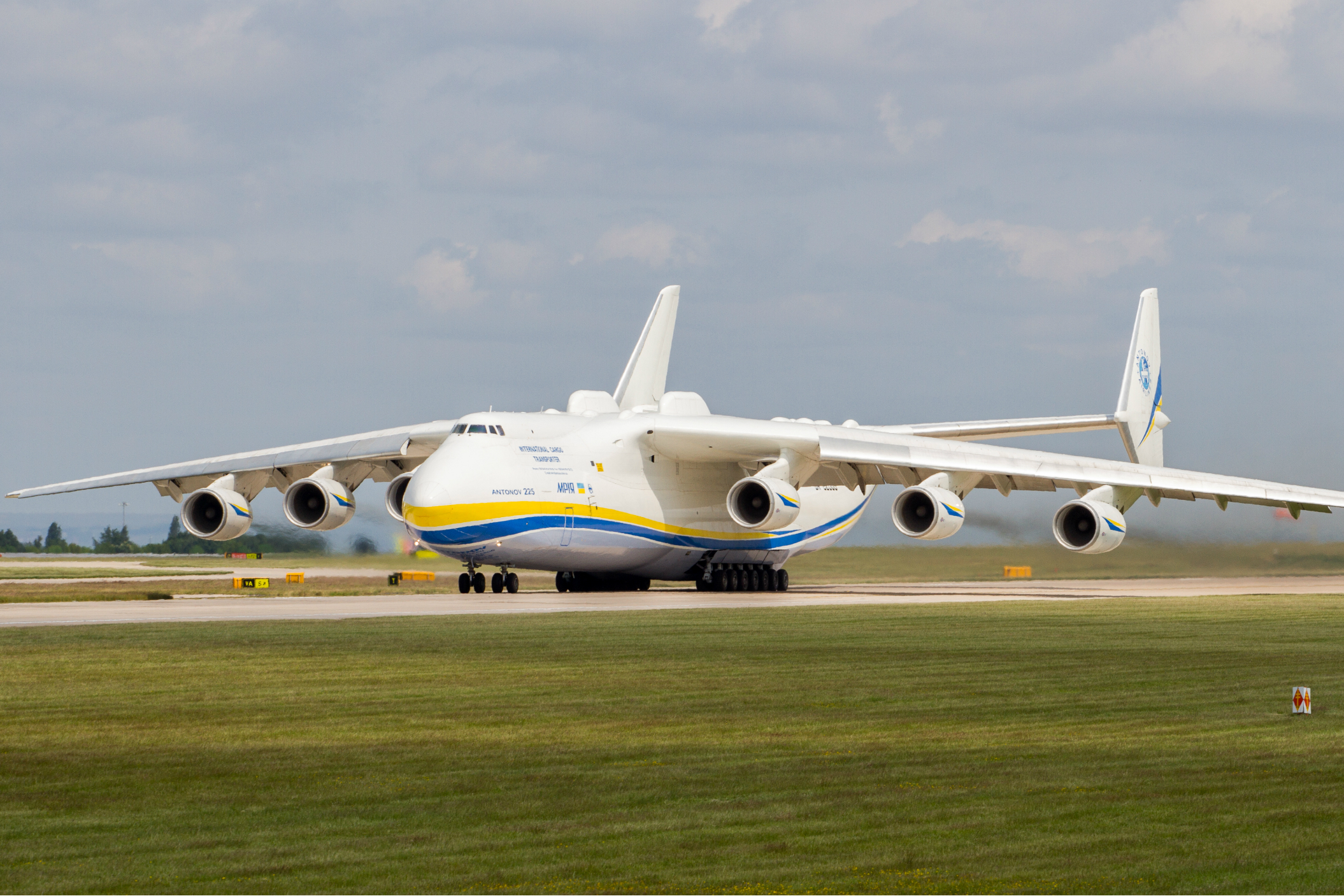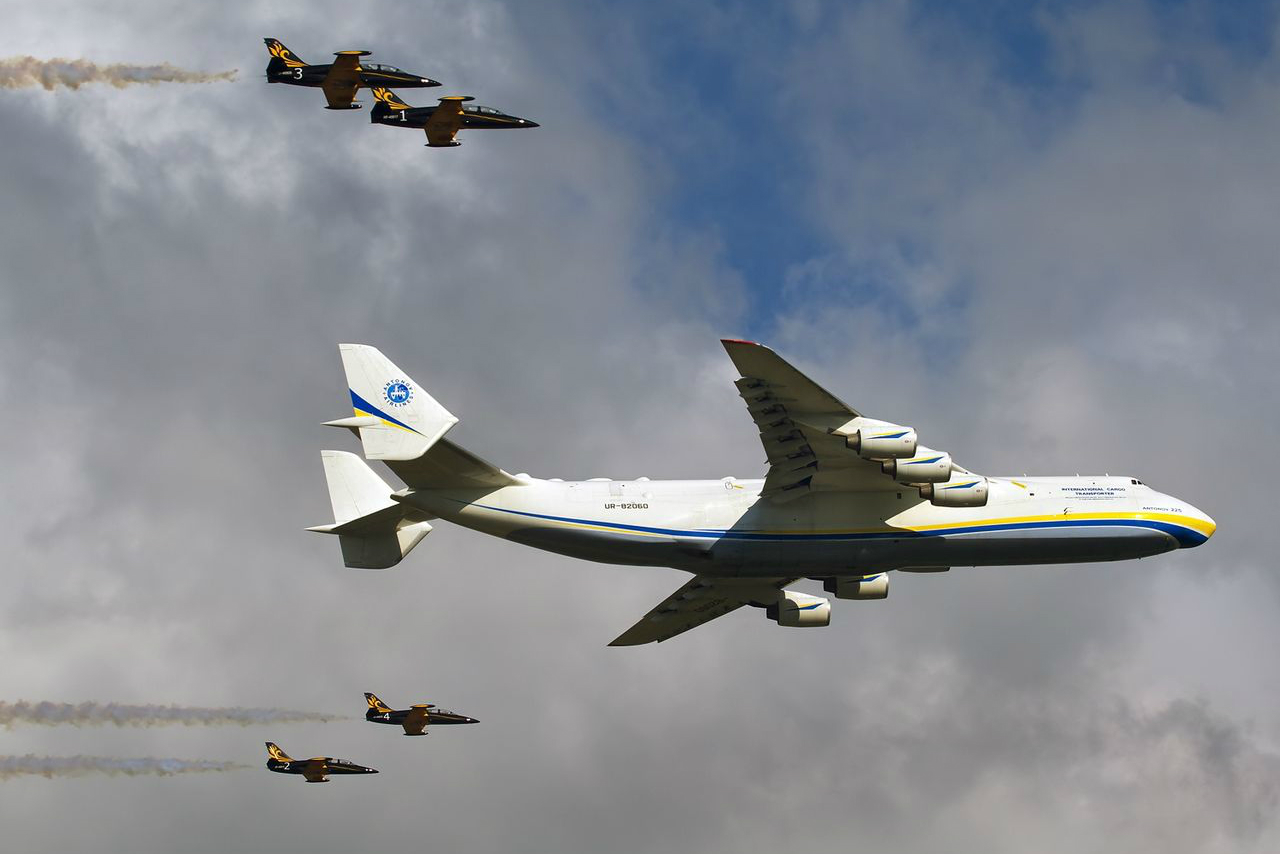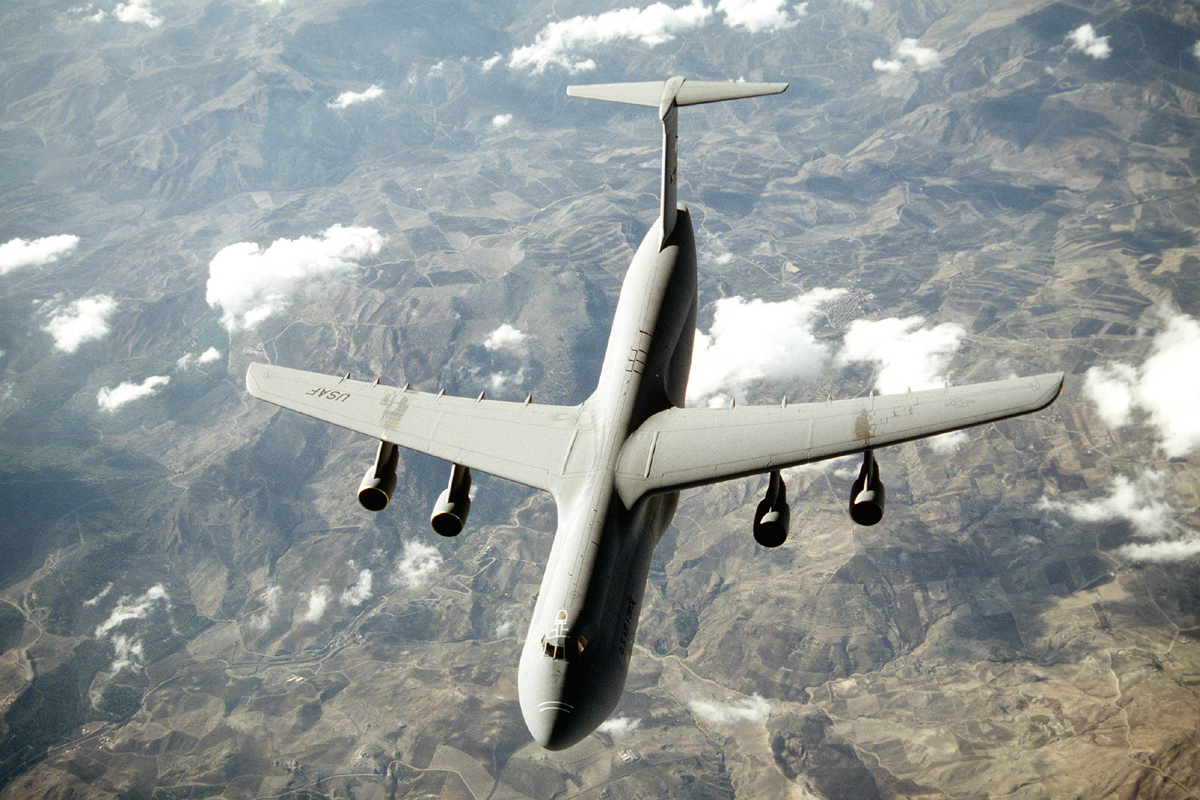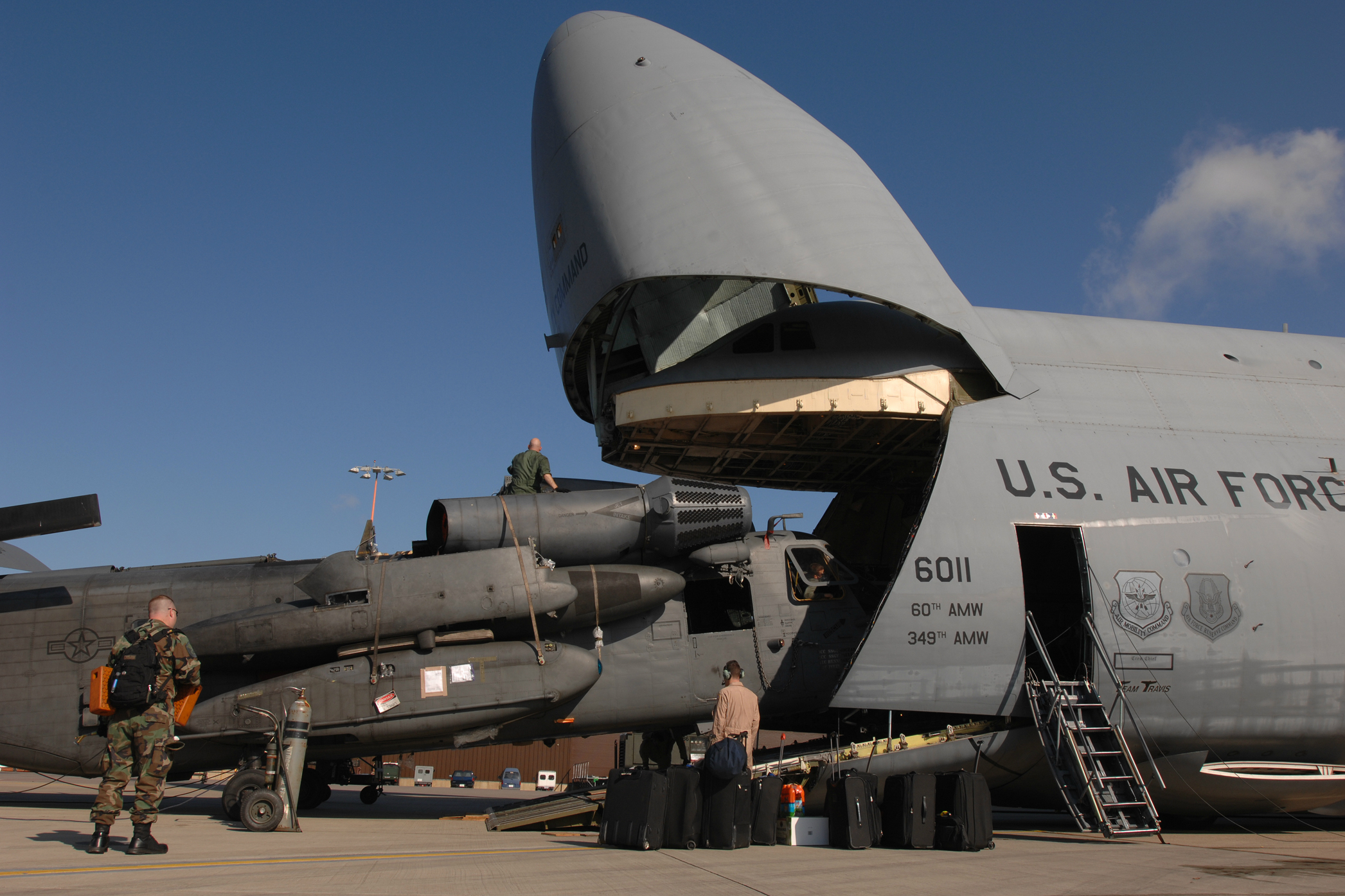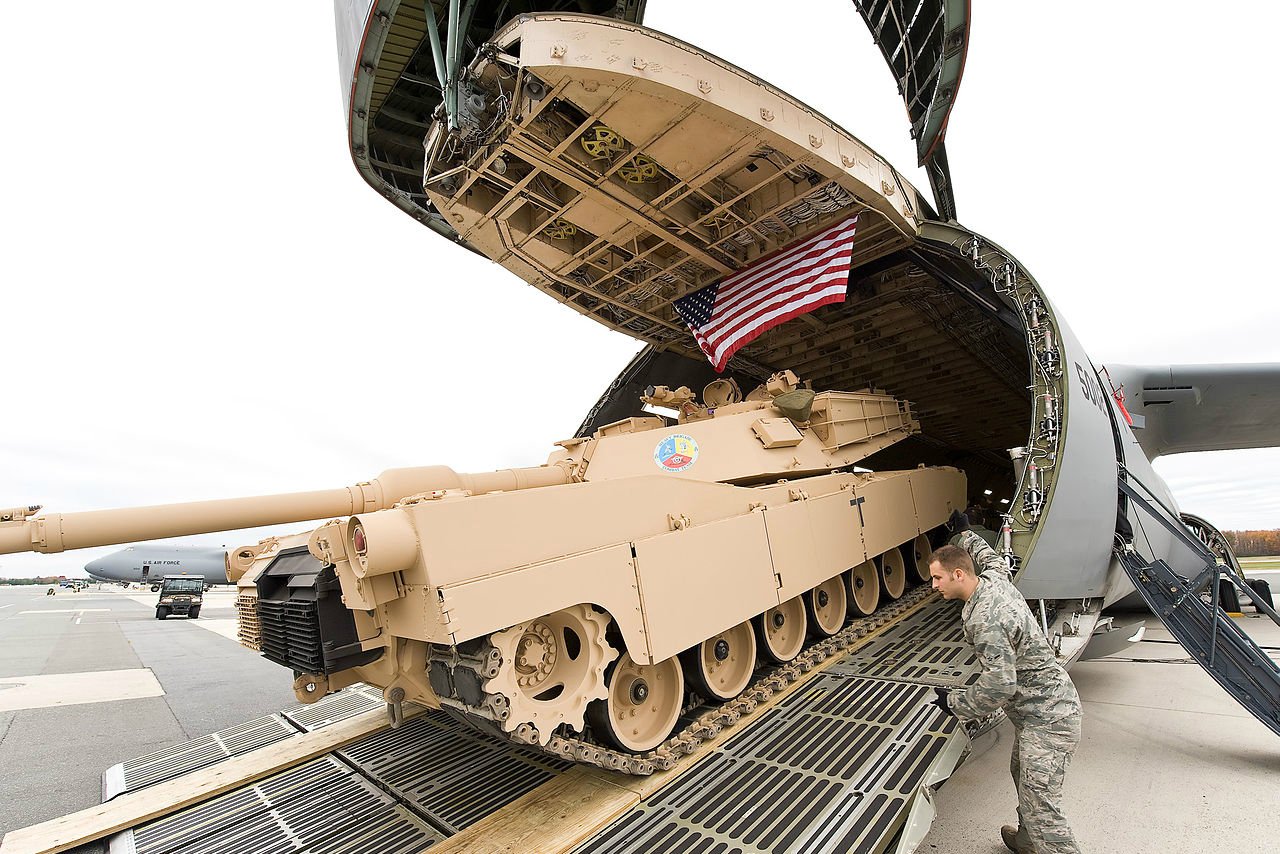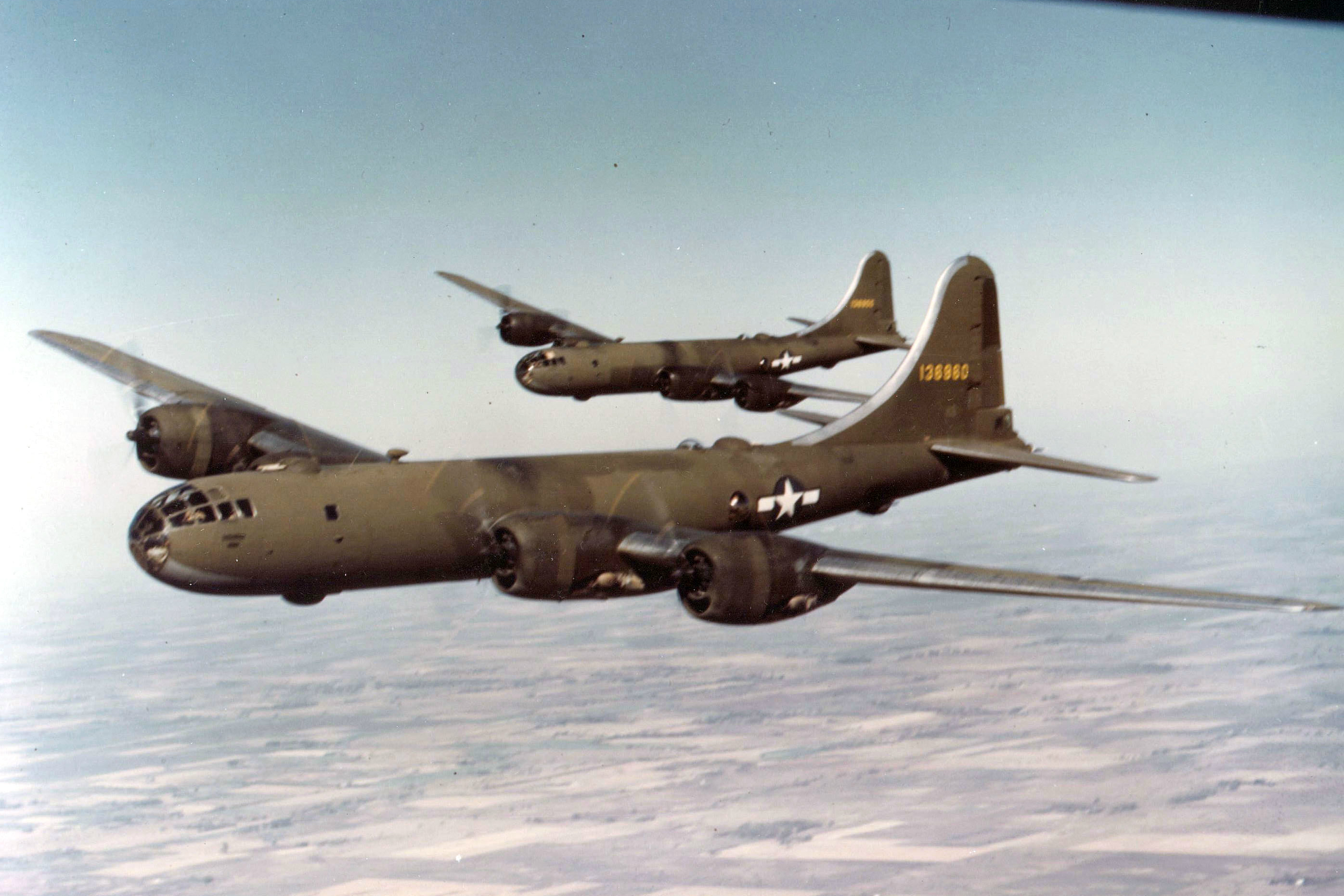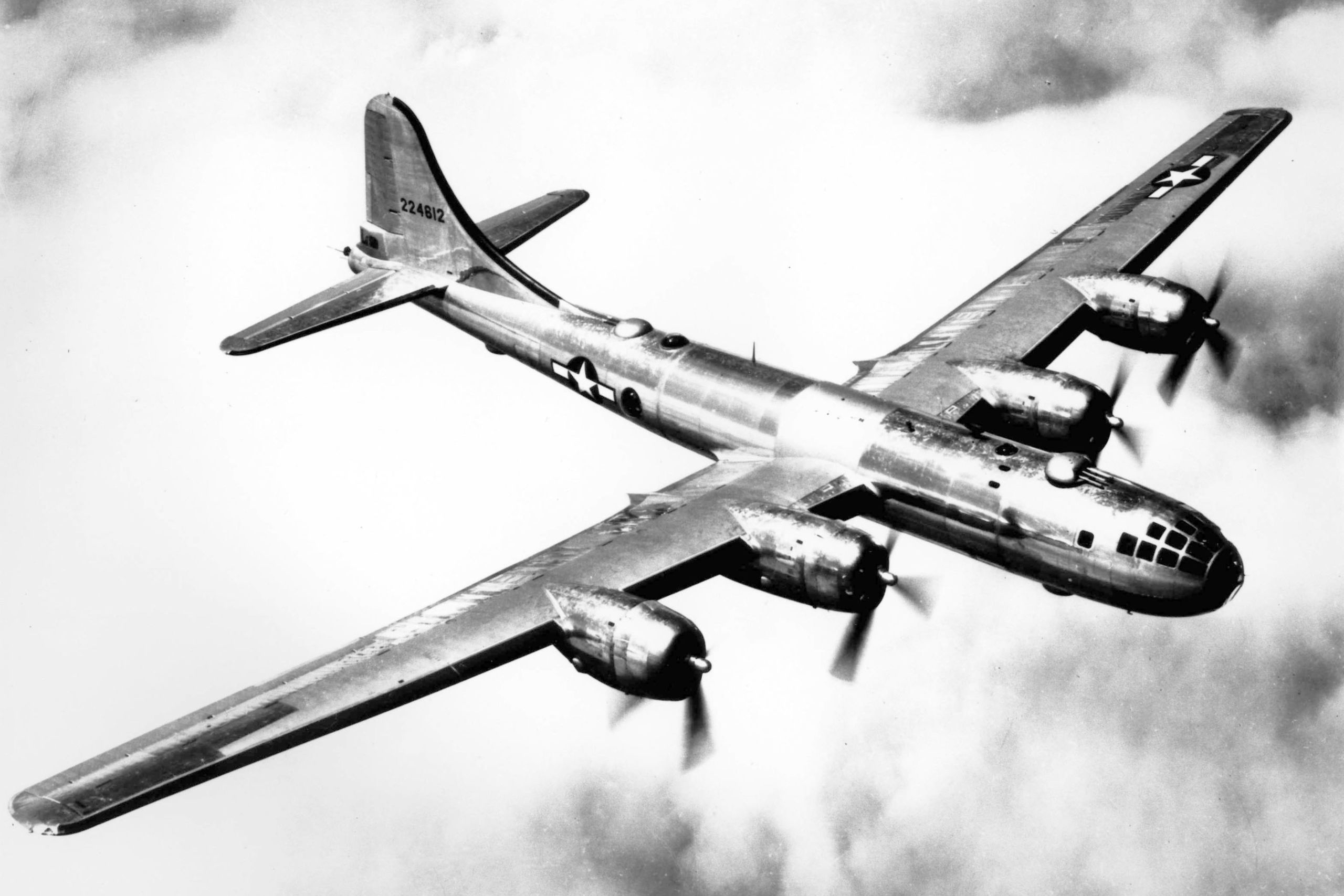It appears as though simply owning not one but two professional sports teams, and one of the world’s largest yachts was simply not enough to quench the thirst of Microsoft co-founder Paul Allen. The billionaire entrepreneur first announced plans for the largest aircraft on earth — the Stratolaunch — in 2011, and after a few minor delays, Stratolaunch Systems has finally revealed the beastly bird. The company has some rather lofty ambitions for the project down the road. Eventually, Allen and company want the Stratolaunch to soar to low Earth orbit where it can launch a Orbital ATK’s Pegasus XL rocket into space. The rocket itself will be capable of carrying smaller satellites into orbit. As the system advances, Stratolaunch Systems hopes to one day send manned missions to orbit.
The Stratolaunch didn’t take flight at the unveiling, but the airplane certainly has some fairly impressive design specifications. The craft touts a sprawling 385 foot wingspan and uses six 747 jet engines for thrust. Fully fueled, the Stratolaunch tips the scales at 750,000 pounds and requires nearly 12,000 feet of runway for takeoff. But how does the aircraft size up to some of the largest aircraft in aviation history?
Hughes H-4 Hercules

You cannot curate a list about enormous aircraft without mentioning eccentric aviation pioneer Howard Hughes’ H-4 Hercules. This 400,000-pound flying boat held the record for widest wingspan (319 feet) prior to the Stratolaunch unveiling. Due to wartime material shortages, wood was substituted for metal in its construction leading to the nickname “The Spruce Goose.”
Antonov An-225
Weighing in at a not-so-svelte 640 tons, the Antonov An-225 is the heaviest aircraft in the world. The aircraft was originally designed in the the 1980s to carry the Buran, the Soviet-equivalent of the space shuttle, on its back. The bird itself is powered by six turbofan jets that pump out nearly 52,000 pounds of thrust each. This allows the Antonov An-225 to carry twice as much cargo as a Boeing 747 freighter. As the vehicle approaches the landing strip, it readies its hefty 32-wheel landing gear for touchdown.
Lockheed C-5 Galaxy
With a 222 feet wingspan and nearly 250 feet in length, the C-5 Galaxy has remained one of the largest aircrafts in the world ever since its maiden flight in 1968. The C-5 was designed to deliver a fully equipped combat-ready military unit anywhere on earth on short notice.
Airbus A380-800

The Airbus A380 is the largest passenger aircraft ever made. The aircraft was also the first jet airliner to incorporate two full-length passenger decks inside. The A380 can accommodate up to 525 individuals, surpassing the maximum capacity of the Boeing 747 by 100. With a wingspan of 262 feet and nearly 240 feet in length, this behemoth still pales in comparison to the Stratolaunch.
Boeing B-29 Superfortress
As its name would suggest, the B-29 Superfortress was an airborne battle station used by the United States throughout World War II and the Korean War. The aircraft was outfitted with 12 machine guns as well as a 20 millimeter cannon to fend off enemy warplanes. Due to the required increases in both range and bomb load, the B-29 was once the world’s heaviest production aircraft. The last operational B-29 was retired in 1960.
Air Force One

For all semantic purposes, the term “Air Force One” is used to describe any Air Force aircraft transporting the President of the United States — so it’s not really designated to any one plane. Currently, two tricked-out 747-200s serve as the official presidential Air Force One fleet. Inside, there is more than 4,000 square feet of floor space (spread across three levels), including a conference room, a suite, a medical facility, and a galley capable of feeding up to 100 people at a time. The current Air Force One model has a maximum takeoff weight of 833,000 pounds. The next Air Force One model — a modified 747-800 — will increase this capacity to nearly one million pounds.
